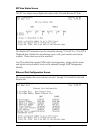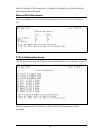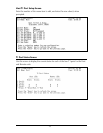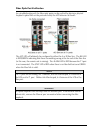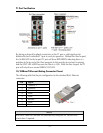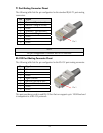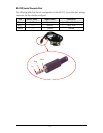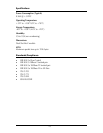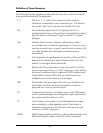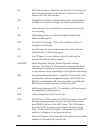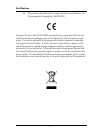
26
Definition of Terms/Acronyms
The following are terms and phrases used within this manual, or which are found in
documents associated with this equipment.
1+1 The Term “1+1” refers to line protection where identical
information is transmitted on two redundant lines. The Receiver
chooses the “best” line to use based on the BER of the line.
AIS Alarm Indication Signal: Used in T1 signaling, the AIS is a
predetermined bit stream (all ones) that is transmitted (forwarded)
upon the loss of an incoming T1 signal or when the T1 signal is
disrupted.
AMI Alternate Mark Inversion: A bipolar coding scheme used to
accommodate the ones density requirements of T1 lines in such a
way that successive ones, or marks, must alternate in polarity. AMI
is an older standard, but is still used for transporting voice
transmissions.
AN
Auto Negotiation: A signaling protocol used by an Ethernet PHY to
determine the characteristics (speed, duplex mode) of its “link
partner” and configure itself automatically
B8ZS Bipolar with 8-Zero Substitution: A line code used for T1 which
converts any string of 8 zeros of a DS-1 signal into a code which at
the far end is converted back to eight zeros. B8ZS coding actually
inserts Bipolar Violations (BPVs) that are realized at the next
multiplexer point and are taken out of the signal.
BER Bit Error Rate: The percentage of bits with errors divided by the
total number of bits that have been transmitted, received or
processed over a one second time period.
CLI Command Line Interface: An interface screen, often DOS-based,
used for system management and diagnostics requiring the user to
type commands rather than use a
GUI
.
CV Code Violation: An anomaly of a decoded physical-layer signal
stream resulting in coding (signaling) error(s). Noise bursts or
intermittent connections on a link are the usual causes of code
violations; an
HDB3
coding error.
DDMI
Digital Diagnostic Monitor Interface: A defined serial interface and
data format typically used to access SFP internal information



